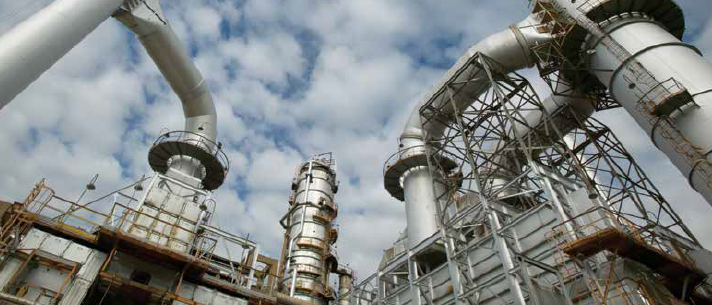 In chemical manufacturing operations, fired heaters are used to provide heat for the desired chemical reactions. They are a significant component in energy usage—in fact, 37% of the U.S. manufacturing end use, and improving their efficiency translates directly to the bottom line. 30% to 50% of an operating budget is typically spent on energy.
In chemical manufacturing operations, fired heaters are used to provide heat for the desired chemical reactions. They are a significant component in energy usage—in fact, 37% of the U.S. manufacturing end use, and improving their efficiency translates directly to the bottom line. 30% to 50% of an operating budget is typically spent on energy.
I caught up with Martin McDonough about ways that chemical manufacturers can reduce emissions, increase safety performance, and lower energy costs by using automation to improve fired heater efficiency. Martin shared that a 2% reduction in oxygen consumption during combustion, from 4% to 2%, can result in up to 24% in fuel savings. Conversely, a 2% increase can result in a 25% to 30% increase in NOx emissions.
Improving control performance by moving from traditional pressure- or volume-based fuel gas control to mass-based fuel gas control can improve combustion efficiency and provide a project net present value of USD 250,000. By measuring the concentration of oxygen in the flue gas of the stack, which serves as an indicator of both the safety and efficiency of the heater, you can significantly improve the performance of your fired equipment.
When natural gas is used as the fuel source for combustion, the composition of these gases can change, making the heating value of the gas variable. Air requirements for combustion also vary, leading to unstable or insufficient combustion. In most fired heaters, the outlet temperature of the heater is cascaded to a volumetric flow controller or a pressure controller for the fuel gas. Neither of these options responds efficiently to a change in the heating value or energy content of the fuel.
As a safety margin, heaters are operated with high excess air, which leads to increased energy costs and emissions. To improve heater efficiency and safety, reducing control variability with mass-based control and better measurements can contribute to a more stabilized control and operation with less excess air.
Martin highlights four solutions to address these challenges.
- Optimize the air-to-fuel ratio based on changing gas compositions with a mass-based fuel gas control scheme using Micro Motion Coriolis meters.
- Reduce fuel usage and emissions, plus realize cost savings with accurate flue gas O2 measurement and better control of O2 in the stack.
- Help improve safety performance by stabilizing fired heater operations, detecting flame instability, and avoiding trips during rich fuel conditions.
- Track and comply with environmental standards and regulations by using Continuous Emissions Monitoring Systems (CEMS).
For more on the specific products to help drive improved fired heater operational performance in safety, efficiency, and reliability, visit the Solutions to Optimize Your Chemical Plant Performance page on Emerson.com and view the Improve Fired Heater Efficiency and HSE document. You can also speak directly with Martin by arranging a time here.


